
Copper Pipe
Classification :
PRODUCT DETAILS
1. Materials
Copper tubes are primarily made of pure copper and copper alloys. The performance of each material varies significantly, and each material is suitable for different applications:
| Type | Pancake Coil Copper Pipe |
| Application | Air Condition Or Refrigerator |
| Specification | Any Size Can be Customised |
| Grade | 99.9% Pure Copper |
| Length | 15m 30m 45m |
| Cu (Min) | 99.99% |
| Alloy Or Not | Non-Alloy |
| Ultimate Strength (≥ MPa) | 430 |
| Elongation (≥ %) | 40% |
| Wall Thickness | 0.1mm - 50mm |
| Outside Diameter | 3mm - 360mm |
| Model Number | ASTM C11000 C10200 |
Standard export seaworthy package,or as required.
*Wooden Box. *Wooden Pallet.
*Woven Bag with Bundle in 3 Points
GRADE:
1.Pure Copper Tubes (T2, T3):
Copper content ≥ 99.5% (T2) or 99.2% (T3). They offer extremely high electrical and thermal conductivity, ductility, and excellent corrosion resistance (especially in dry environments).
However, they are relatively weak and prone to bending, making them suitable for applications requiring high electrical and thermal conductivity (such as air conditioning and refrigeration piping and electrical terminal blocks).
2.Brass Tubes (H62, H65):
Copper-zinc alloy. H62 contains 62% copper and 38% zinc, while H65 contains 65% copper and 35% zinc. Compared to pure copper, they offer higher strength and better wear resistance, while maintaining a certain degree of ductility. They are also less expensive than pure copper. They are suitable for plumbing pipes, mechanical components (such as valves and fittings), and decorative parts.
3.Tin Brass Tube (HSn70-1):
This copper-zinc alloy contains approximately 1% tin. Its corrosion resistance (especially seawater resistance) is significantly improved, and its strength and toughness are excellent. It is the preferred material for marine engineering and shipbuilding piping.
4.Aluminum Brass Tube (HAL77-2):
This copper-zinc alloy contains 2% aluminum. It offers excellent corrosion and impact resistance and is suitable for high-temperature, high-pressure environments (such as chemical equipment piping and heat exchangers).
2.Phosphorus Deoxidized Copper Tube (TP2):
Pure copper is treated with phosphorus deoxidation to remove impurities and reduce oxidation. Its electrical and thermal conductivity approaches that of pure copper, and its weldability is superior. It is commonly used in applications requiring high cleanliness, such as refrigeration systems and medical oxygen piping.
II. Dimensions
Copper tube dimensions are based on "outer diameter x wall thickness" as the core parameter, ranging from micro-precision tubes to large engineering tubes:
Outer Diameter Range:
Micro copper tubes: OD 0.5mm-6mm, commonly used in electronic equipment and medical devices (such as sensor catheters and infusion needle cannulas).
Conventional copper tubes: OD 6mm-100mm, widely used in air conditioning, water heating, and refrigeration systems (for example, air conditioning connecting pipes often have ODs of 9.52mm, 12.7mm, and 15.88mm).
Large copper tubes: OD 100mm-500mm, used in industrial piping and heat exchangers (such as chemical reactor connecting pipes).
Wall Thickness Specifications:
Thin-wall tubes: OD 0.2mm-1mm, lightweight and low-cost, suitable for low-pressure piping (such as internal wiring conduits for electrical appliances). Thick-Wall Tubing: Wall thicknesses range from 1mm to 10mm, offering strong pressure resistance and suitable for high-pressure environments (such as hydraulic system piping and industrial steam pipelines).
Length:
Straight Tubing: Standard lengths range from 1m to 6m, and can be cut to length upon request.
Coil Tubing: Available in coils, with lengths of 50m to 200m, suitable for continuous pipeline installations, reducing the number of joints.
III. Customized Production
Customized copper tubing services can meet the individual needs of specific scenarios. Core customization areas include:
Material Customization:
Copper alloy composition (e.g., zinc, tin, and aluminum content) can be adjusted to meet specific requirements for corrosion resistance, strength, and conductivity. For example, brass tubing with a high tin content can be customized for high-humidity environments. Custom Sizes:
Non-standard outer diameters (e.g., 1.2mm, 23mm), wall thicknesses (e.g., 0.35mm, 7.8mm), and lengths (e.g., 8m straight pipe, 300m coil) are available to accommodate specialized installation spaces (e.g., internal piping for precision instruments).
Customized Processes:
Surface Treatment: Electroplating (nickel, chrome) enhances wear resistance, while anti-corrosion coatings are available for use in acidic environments.
Forming: Bends into specific angles (e.g., 90°, 135° elbows), welded flanges, or fittings reduce on-site processing steps.
Precision Finishing: Internal polishing (Ra ≤ 0.8μm) reduces fluid resistance, making it suitable for high-pressure hydraulic piping.
Certifications and Standards:
Customer feedback

CUSTOMER CASES

22,000 tons of cold rolled steel shipped to Iraq

12,000 tons of cold rolled steel shipped to Japan

5,000 tons of galvanized and color-coated coils shipped to Russia

6,000 tons of galvanized and color-coated coils shipped to Africa
APPLICATION AREAS

Factory

Excavator

High-speed rail

Automobile manufacturing

Wind power generation

Mining
PARTNER
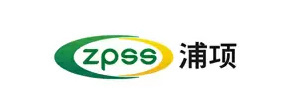

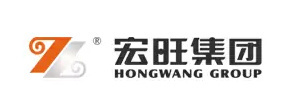
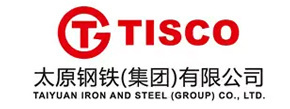
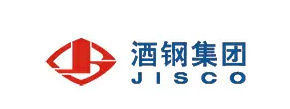
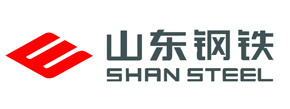
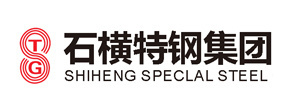
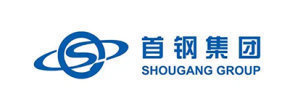

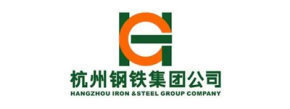
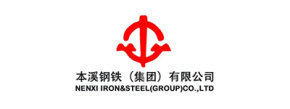
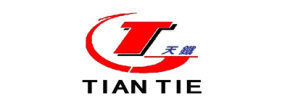
FACTORY WORKSHOP

Factory Workshop

Factory Workshop

Factory Workshop

Factory Workshop

Factory Workshop

Factory Workshop

Factory Workshop

Factory Workshop
FAQ

Once the products received by customer were found not comply with the products or contract demands, what will you do?


Do you provide samples Is it free or extra?


What certifications do your products have?


What kind of payment terms would you accept?


What is the delivery time?


What is your MOQ?

RELATED PRODUCTS
GET A FREE QUOTE

